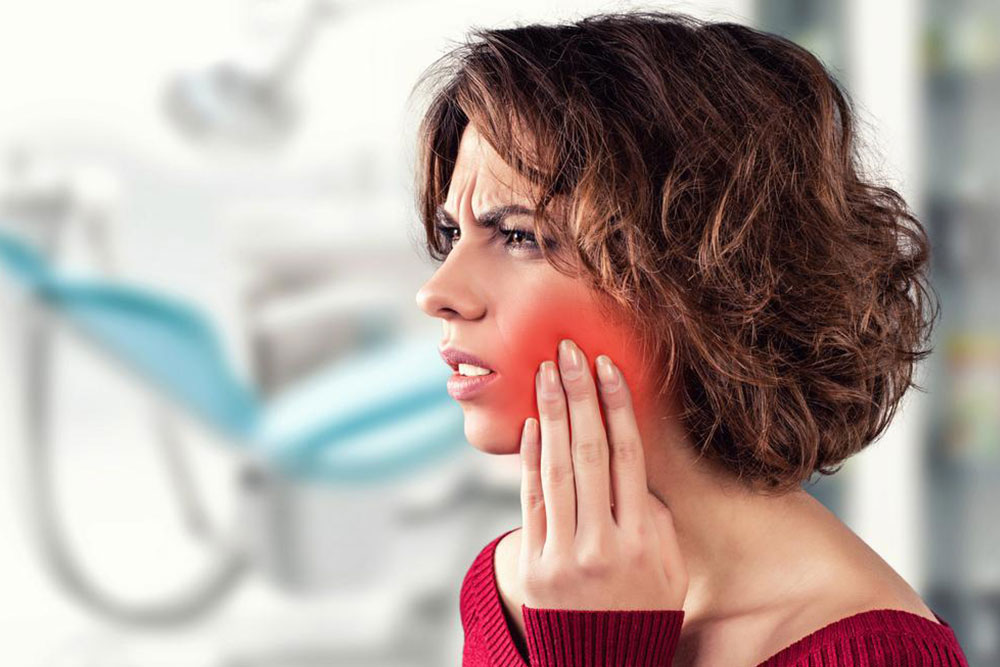7 ways to avoid dry socket after tooth extraction
Wisdom teeth extraction is quite common among the adult population. However, the after effects of extraction pain, discomfort, or swelling is experienced by a very few. It is estimated that about 2% to 5% of tooth extraction patients suffer from dry socket later. When a tooth is extracted, a hole is left behind in the jawbone. This is called as a socket. After the tooth is extracted, a blood clot forms in the wound area. This clot is essential to speed up the healing process.
However, the blood clot dislodges or dissolves in some cases and leads to the formation of dry socket.

The bone and nerves become exposed to food, saliva, and bacteria. This leads to a lot of discomfort and pain. There can be bad breath and an unpleasant taste in the mouth as well. Sometimes, the pain can extend to the ears and affect the entire face and neck.
- It is necessary to follow a proper oral hygiene routine of flossing and brushing. It is necessary to immediately remove any food particles that might get lodged in the empty socket.
- A dentist can prescribe a medicated oral rinse that helps the healing process to be quicker and avoid the development of dry socket.
- A solution of salt and warm water can be used to rinse the mouth after every meal. This removes excess bacteria from the mouth.
- The wound at the extraction site should not be touched at all, other than to remove gauge or any medicated paste. This should be done by a dentist to avoid any damage to the empty socket.
- Smoking or drinking through a straw should be avoided for at least 24 hours after tooth extraction.
- For four days following tooth extraction, avoid the consumption of food that might leave debris between the teeth. Peanuts, popcorn, pasta or any hard food should be avoided. Have soft and easily chewable food such as soups, pudding, mashed vegetables and so on.
- Avoid drinking sugary and carbonated beverages and juices.

